1. Check the calendar
Farmers in zone A (Carlow, Cork, Dublin, Kildare, Kilkenny, Laois, Offaly, Tipperary, Waterford, Wexford and Wicklow) can spread after the closed period of 12 January ends, but farmers in zones B and C have to wait longer. So, check the calendar to make sure you’re ready for action. The full set of dates can be found here.
2. Make sure your tanker is ready
Before you set out, it is vital that you make sure your slurry tanker is fully functioning. The long idle period the slurry tanker goes through on an annual basis could possibly lead to the seizing of the PTO shaft. Joints should be inspected for wear. Crosses and joints should be greased on a regular basis to lengthen their lifespan. Check your PTO shaft cover and ensure that all guards are up to the required standard. Make sure that the guard still has the check-chains which anchor it at both ends and prevent the constant spinning.
Check the gearbox oil level on the vacuum pump and if it looks milky or dirty you should change it.
For more on this, read here.
3. Is your agitator safe and ready to rip?
Check that all the guards and shields, especially around the PTO shaft, are installed and fully functional. Again, as with the tanker, make sure the guard still has the check-chains to prevent the constant spinning of the cover. All joints and crosses should be kept greased on a regular basis. The gearbox oil should be replaced on an annual basis. Check all hydraulic hoses for any wear or damage and replace if necessary.
4. Mind the livestock
All livestock must be removed from the slatted shed for the safe agitation of slurry. When you agitate slurry, toxic gases are released such as hydrogen sulphide, ammonia, methane and carbon dioxide. Because these gases are heavier than air, they force out oxygen. Inhaling these gases can be lethal. Evacuate and ventilate before you agitate.
5. Ready for the road
An inspection of the towing eye must be carried out. Any worn eyes should be replaced.
Inspect the wheels and tyres and make sure that the tyre pressure is correct. Any wheels with slits or in a perishing condition must be replaced because they are a huge hazard and a liability while on the road. Wheel nuts musts be checked on a regular basis and kept tight.
It is very important that all lights are working on your tanker. 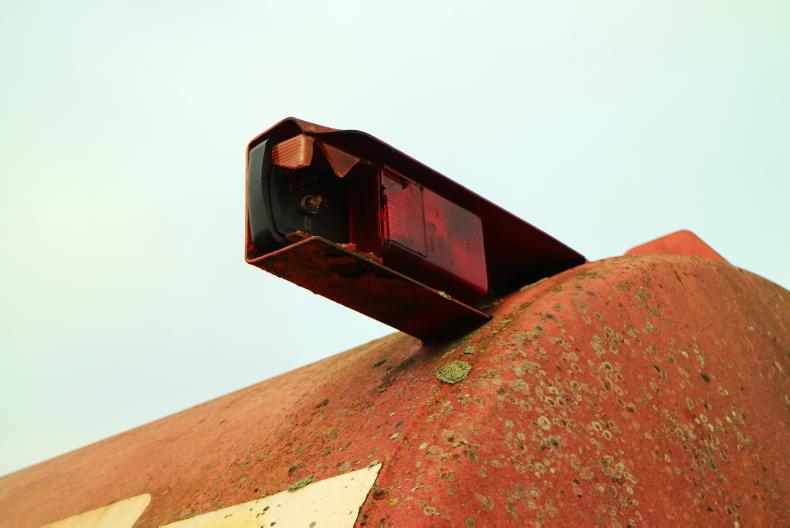
Brakes must be inspected and it is vital that they are fully functional. A liquid load, especially a partially full tanker, can be very unpredictable and unstable in certain circumstances. A load like this will often push the tractor on after applying the brake.
All hydraulic hoses should be monitored for any damage, especially the hydraulic brakes and quick-release couplings for keeping the splash-plate tightly closed while travelling on public roads.
6. Look after yourself
Slurry gases are dangerous, so it is vital that you take the necessary steps to protect yourself. Hydrogen sulphide gas levels are highest about 10 to 15 minutes after agitation starts and up to 30 minutes after that.
During the first hour of agitation, it is advised that you stay out of the slated shed. All outlets, for example doors, must be opened to provide the maximum draught. Ventilate, ventilate, ventilate. Nothing protects you from slurry gases quite like a steady breeze.
For more on the dangers of slurry and a very near miss in Co Galway, click here





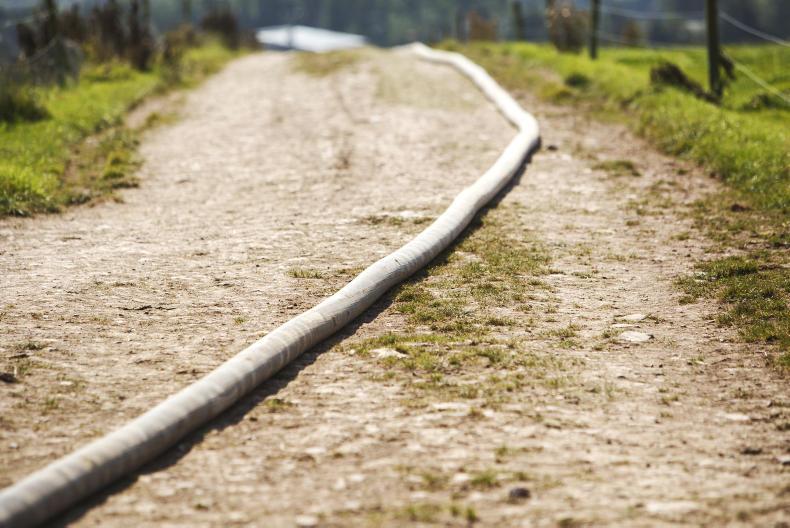
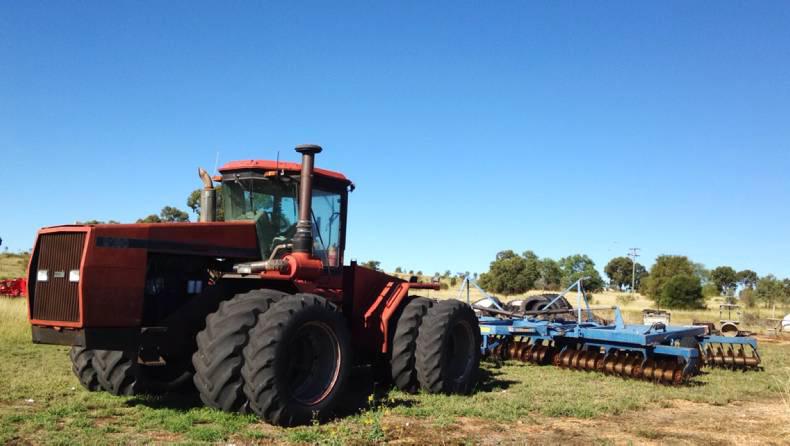
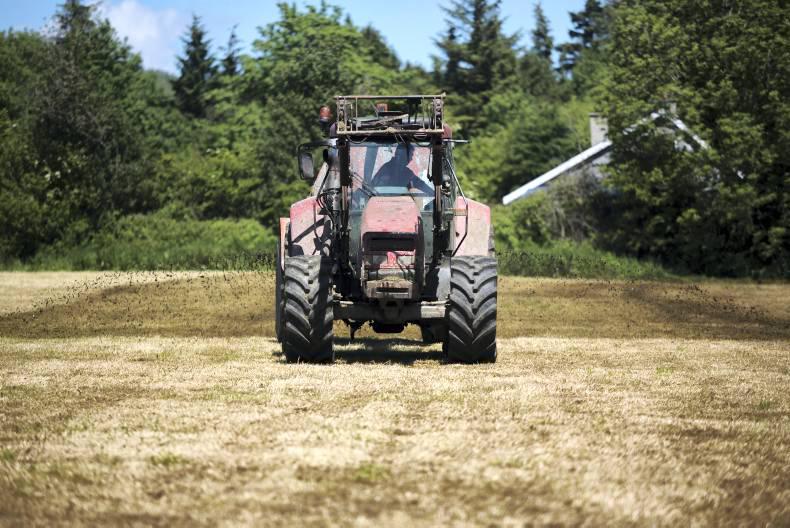
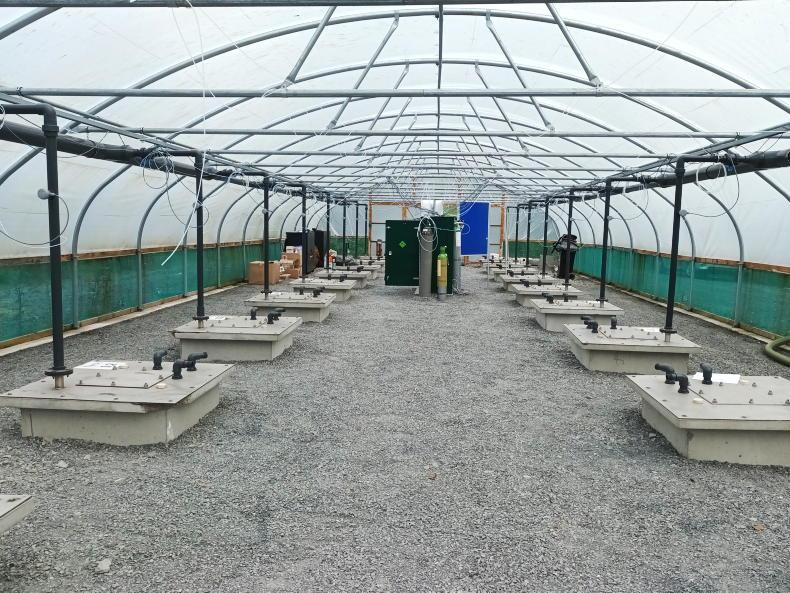

SHARING OPTIONS